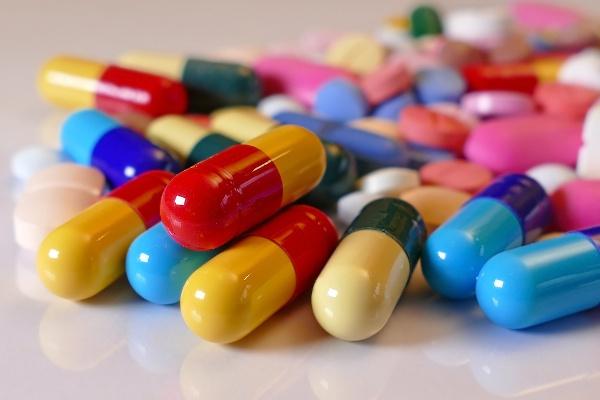Introduction: Q&A session on pollution and types of pollution.
Using the children's ideas, create a mental map that show the different types of pollution and the damage they do to our environment.
see more
Violence is responsible for the interruption of classes in 669 schools…
Lesson Plan – Do I need it? Desires vs. needs
teacher's explanation
Pollution is the addition of substances to the environment that can be harmful to living beings. As populations grow and our standard of living improves, we produce more and more waste. If this is not handled carefully, it leads to pollution:
Ground pollution
Present a scary fact about how much garbage we produce in Brazil.
Show an image of a landfill – where much of our waste ends up. Not all materials we throw away are safe – common household items can contain toxic chemicals like poisonous metals.
Water pollution
Talk about the Sewer – that if waste leaks into rivers, lakes and seas, it can kill aquatic organisms and harm human health.
Fertilizers and Pesticides –
say that farmers add them to the land to improve their crops. But toxic chemicals can be washed out of the land by rainfall and end up in rivers, lakes and seas, damaging aquatic ecosystems.Air pollution
The most common source of air pollution is the burning of fossil fuels – oil, gas and coal. This usually happens because of vehicle engines, factories and power stations.
Carbon dioxide is released when fossil fuels are burned. This is the most abundant greenhouse gas, contributing significantly to global warming.
- Show which sectors are responsible for the greenhouse gases produced in Brazil.
talk about the acid rain – Sulfur dioxide and nitrous oxide are greenhouse gases, but they also contribute to acid rain. These acidic gases are produced when fossil fuels are burned. Most gases are blown into the sky and when they mix with clouds, they can cause this phenomenon.
Suggested activity
Design a poster about pollution. Ask the children to produce a poster that should inform people about the problems caused by pollution and what they can do to reduce it.
Related Contents:
- Environment Lesson Plan
- Fire Lesson Plan
- Lesson Plan on Sustainable Development



